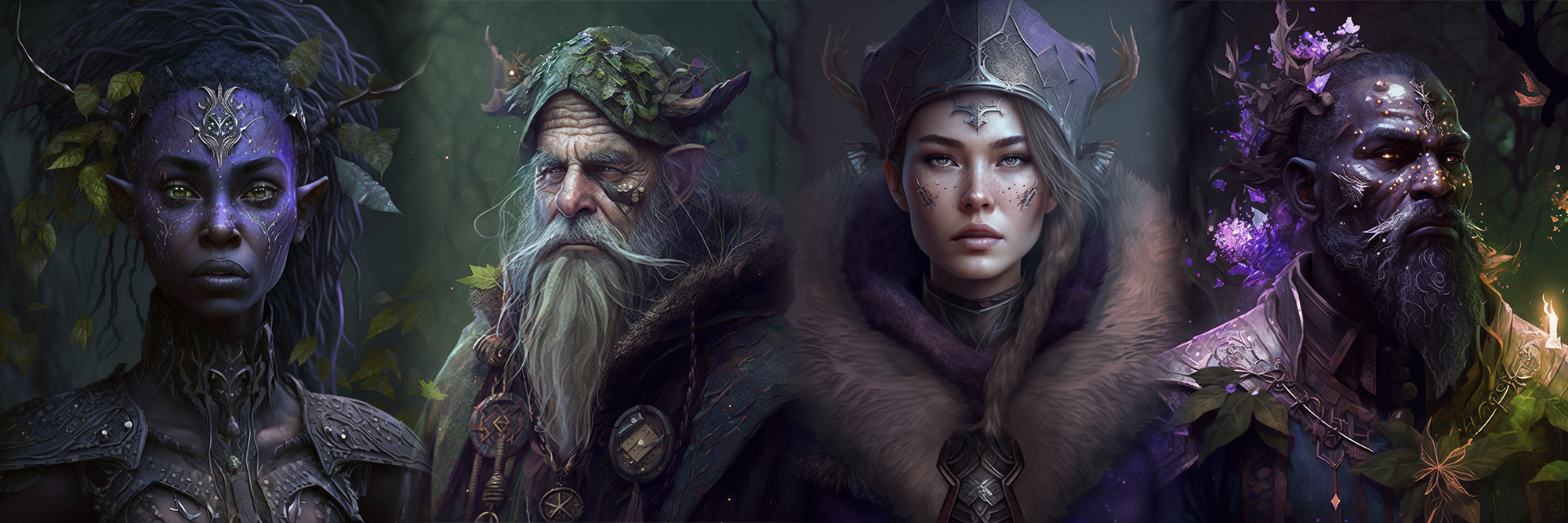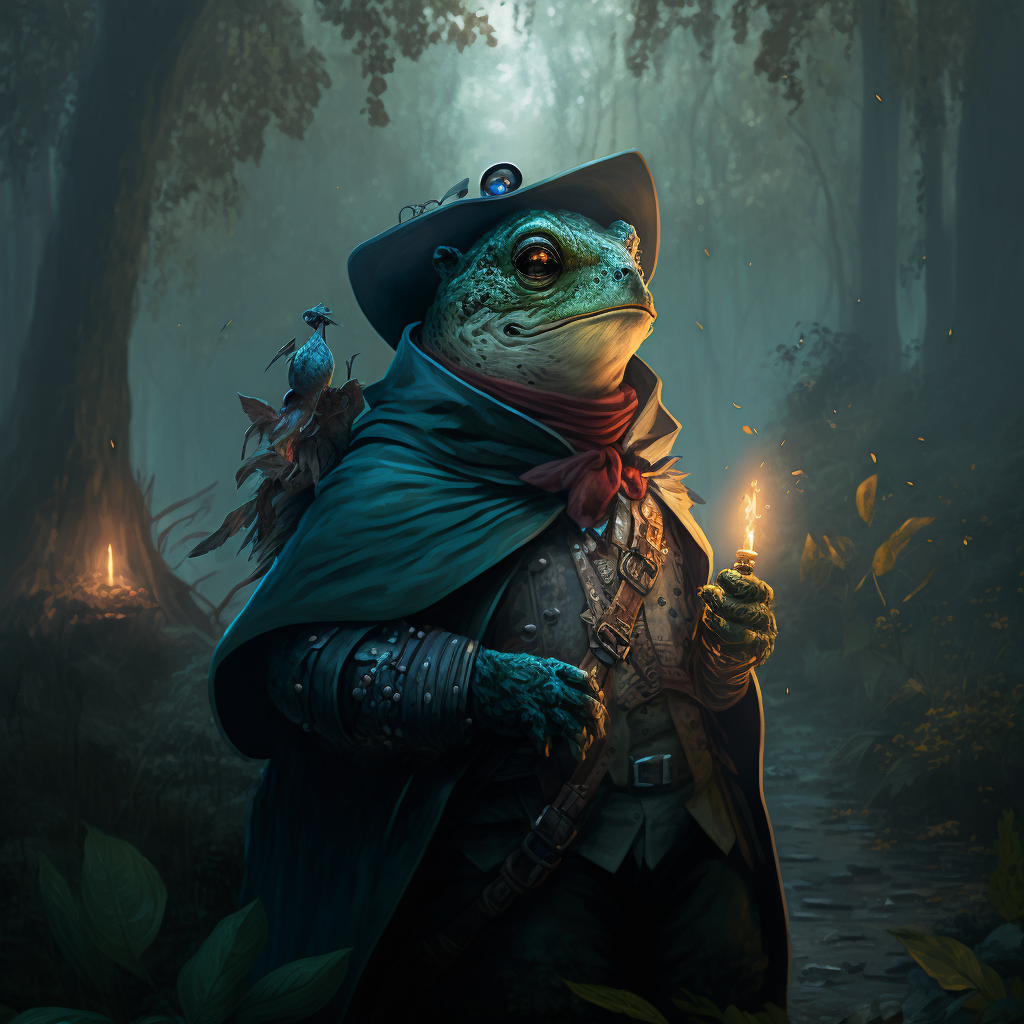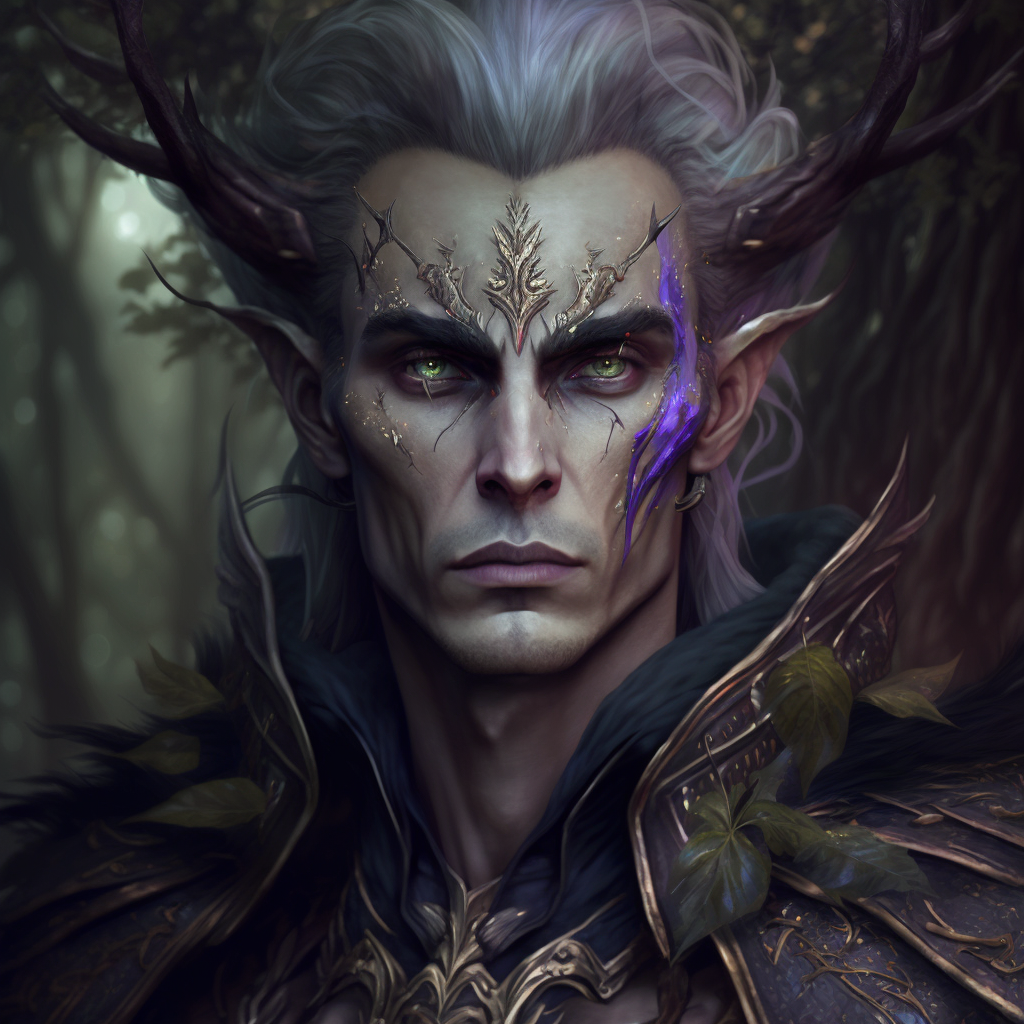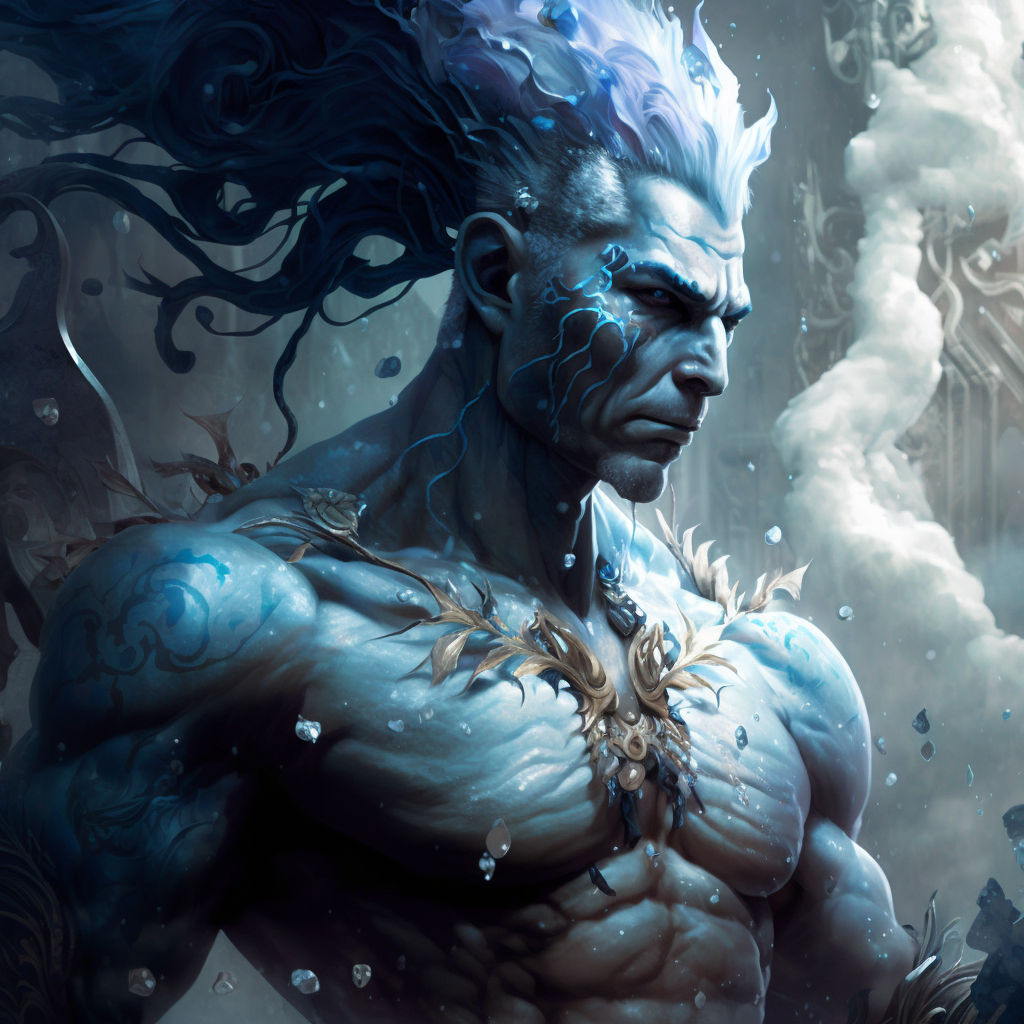Species: Prime & Legacy
In the beginning, the creator dreamed the first beings into existence, and kept doing this for 100 years. But the creations of few will always be limited by the bounds of imagination, and so while the dreamed beings were as varied as the plants under the sun, there were only so many distinct varieties until the creations started creating themselves.
Of the beings that woke upon the banks of the river in Ened Valley, they each drew from one of nine pools of imagination and powers. Those nine are known as the Prime Beings. As they mingled throughout the centuries, their children benefited from the traits and powers, and in some cases, lifespans of both of their parents.
The genetic combination of two Prime species is known as a Legacy species, or Legacy being, colloquially. Legacy beings can expect the approximate lifespan of the longer-lived parent but can reach adulthood around the age of the parent with the shorter lifespan.
Despite the name, Prime bloodlines are not held above Legacies in social hierarchy, they are considered the trunk of the tree to the branches that are the Legacies. There is a cultural history between, for instance Giants, High Giants, Cloud Giants, Frost Giants, Fire Giants, Darkling Giants, Wood Giants, Dwarf Giants and Half Giants.
Although Giants are the Prime beings of those listed, High Giants tend to rise to power in Jotunheim because Giants with Vanir blood have the lifespan to know their history firsthand, share many Gaw-adjacent northern sensibilities, and aim not to repeat the mistakes of their past.
You don't find many High Giants in Vanaheim, because the mountains are a good deal smaller, and it's not cold enough for their liking, but Vanir greet them like the cousins when they are in their lands. The same can't be said of a Fire Giant in Jotunheim, because of climate, on a much more intense scale, but in this case a lack of welcome is due to concern or terror, not malice.
The cultural ties to common bloodlines vary dramatically, is what we're saying.





Comments